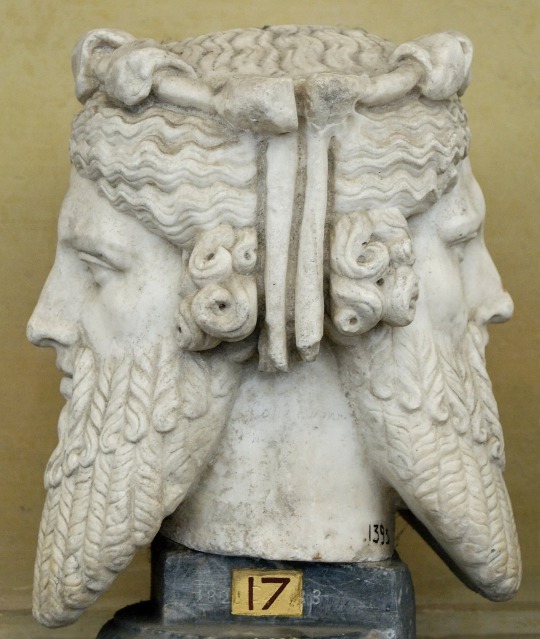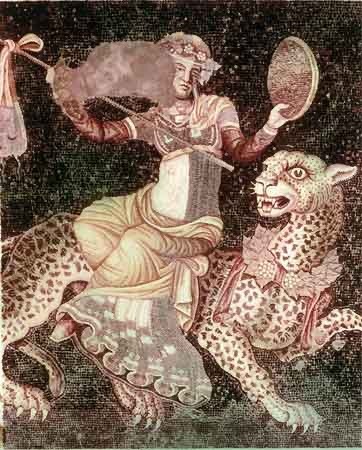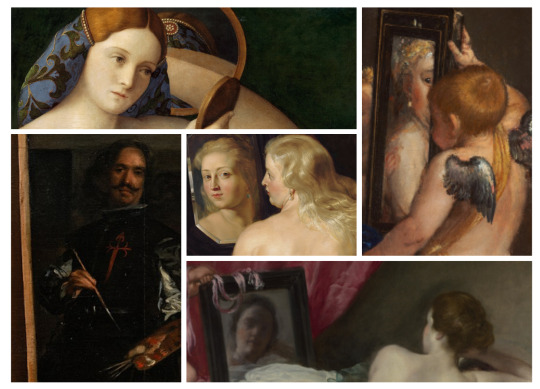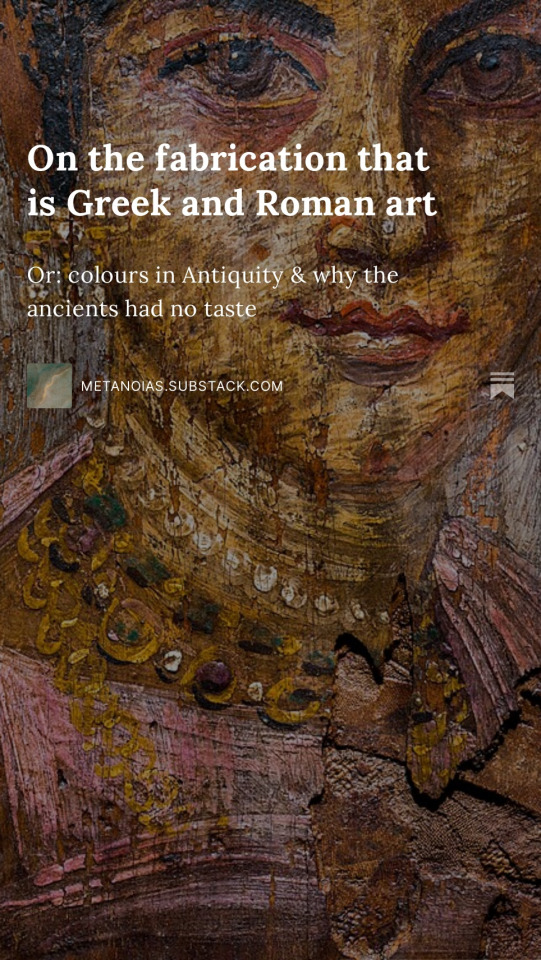Text
The House of Chigi is an Italian princely family of Sienese origin. Their ducal palace in the town of Ariccia, near Rome, was rebuilt in 1664-1672 by Gian Lorenzo Bernini and Carlo Fontana.
The 17th-century baroque palazzo is now an art museum. The building is very well-preserved, featuring most of the original furnishings from 400+ years ago.
Images by Giulia Cappelli (__giuliacappelli) and Domenico Schiavo (@mimmo.schiavo).


#art#history#art history#italy#italia#italian architecture#architecture#interiors#interior design#wall art#palace#ceiling#italian#birds#bird art#bird aesthetic#sky aesthetic#sky#sky art#grand homes#elegant home#baroque#bernini#art museum#museum
30 notes
·
View notes
Text

A leopard peeks into a Cartier store in Paris (1950). Photograph by Jean Larivière
#cartier#leopard#big cats#paris#france#luxury#jewerly#jewellery#black and white#black and white photography#bwphotography#french photographer#french photography#1950s#1950s photography#1950s ad#photography
18 notes
·
View notes
Text

If you could time-travel (and return unscathed), would you do it?
Here are a couple of things you should know before going back some hundreds or thousands of years ago — with a special focus on Yuval Noah Harari’s history of humankind, science populism and other dangerous flights of fancy.
#history#anthropology#sapiens: a brief history of» humankind#time travel#yuval noah harari#yuval harari#popular science#interesting read
1 note
·
View note
Text

Remedios Varo, Woman Leaving the Psychoanalyst (1960)
In Mexico, Varo is a name you hear in the same breath as Frida Kahlo. Yet she is one of many mid-century women surrealists who were mostly overlooked until fairly recently. Unlike artists such as Salvador Dalí, Joan Miró and Max Ernst, many of the women associated with surrealism are seen of less importance or framed as “muses.”
#art#art history#painting#mexico#mexican artist#remedio varo#surrealism#surrealist art#surrealist painting#surrealistic#psychology#psychoanalysis#women artists#woman artist#female artists#female artwork#women in art#mid century art
7 notes
·
View notes
Text
Modern capitalism needs men who cooperate smoothly and in large numbers; who want to consume more and more; and whose tastes are standardized and can be easily influenced and anticipated. It needs men who feel free and independent, not subject to any authority or principle or conscience — yet willing to be commanded, to do what is expected of them, to fit into the social machine without friction; who can be guided without force, led without leaders, prompted without aim — except the one to make good, to be on the move, to function, to go ahead.
What is the outcome? Modern man is alienated from himself, from his fellow men, and from nature. He has been transformed into a commodity, experiences his life forces as an investment which must bring him the maximum profit obtainable under existing market conditions. Human relations are those of alienated automatons, each basing his security on staying close to the herd, and not being different in thought, feeling or action. While everybody tries to be as close as possible to the rest, everybody remains utterly alone, pervaded by the deep sense of insecurity, anxiety and guilt which always results when human separateness cannot be overcome.
Our civilization offers many palliatives which help people to be consciously unaware of this aloneness: first of all the strict routine of bureaucratized, mechanical work, which helps people to remain unaware of their most fundamental human desires, of the longing for transcendence and unity. Inasmuch the routine alone does not succeed in this, man overcomes his unconscious despair by the routine of amusement, the passive consumption of sounds and sights offered by the amusement industry; furthermore by the satisfaction of buying ever new things, and soon exchanging them for others.
Modern man is actually close to the picture Huxley describes in his Brave New World: well fed, well clad, satisfied sexually, yet without self, without any except the most superficial contact with his fellow man […].
Man's happiness today consists in "having fun". Having fun lies in the satisfaction of consuming and "taking in" commodities, sights, food, drinks, cigarettes, people, lectures, books, movies — all are consumed, swallowed. The world is one great object for our appetite, a big apple, a big bottle, a big breast; we are the sucklers, the eternally expectant ones, the hopeful ones — and the eternally disappointed ones. Our character is geared to exchange and to receive, to barter and to consume; everything, spiritual as well as material objects, becomes an object of exchange and of consumption.
— Erich Fromm, The Art of Loving (1956)
#erich fromm#aldous huxley#brave new world#the art of loving#capitalism#consumerism#spirituality#psychology#quotes#book quote#quoteoftheday#life quote
36 notes
·
View notes
Text

Paul Cezanne, Landscape (1870). There’s nothing quite like that golden hour light, is there?
#art#art history#painting#landscape#landscape painting#paul cezanne#french art#impressionism#impressionist painter#nature painting
24 notes
·
View notes
Text
Inhabited initials are enlarged letters at the beginning of a section of text in an illuminated manuscript containing ornate human or animal figures. They are also absolutely stunning.



#art#illuminated manuscript#manuscript#medieval art#medieval history#calligraphy#history#art history
4 notes
·
View notes
Text



Minoan frescoes. The 1600s BC was a great time for fashion.
#art#art history#ancient history#history#ancient greece#greece#frescoes#fresco painting#minoan#minoans#minoan civilization#bronze age#fashion#fashion history#history of fashion#ancient civilizations
58 notes
·
View notes
Text
On Janus, the two-faced Roman god of beginnings
Or: how January got its name & why you shouldn’t give up on your New Year’s resolutions just yet

Now that we’re more than halfway through January, how are your New Year’s resolutions coming along?
If you’re anything like most of us, your resolve may be getting shaky.
According to a recent Forbes survey, the average resolution lasts a mere 3.74 months, and only 6% of people stick with their goals long term.
But you know what?
Even if you’ve failed to live up to your resolutions less than a month into 2024, that’s fine. Don’t give up on yourself just yet.
Here’s an unlikely source of hope and motivation to get back up again and keep at it in the guise of one lesser-known (undeservedly!) Roman deity.
#ancient history#history#ancient civilizations#ancient rome#roman empire#history of religion#classical mythology#roman mythology#mythology and folklore#roman gods#january#new year’s resolution#antiquity#classical antiquity
120 notes
·
View notes
Text

Dionysus Riding a Leopard, Mosaic, House of Masks in Delos, Greece, c. 120-80 BC. What a riot.
#ancient greece#art#art history#ancient history#greece#greek mythology#greek gods#dyonisus#mosaic#ancient art#antiquity#big cats
26 notes
·
View notes
Text
On the Rokeby Venus by Diego Velázquez
Or: mirrors, morals & the (fe)male gaze

The Rokeby Venus is the only surviving female nude by Diego Velázquez (1599-1660), the most celebrated painter of the Spanish Golden Age.
Now considered a masterpiece, the painting wasn’t displayed publicly for some 250 years, largely due to its controversial subject.
Female nudity was almost unheard of in 17th century Spanish art. Any show of skin was met with raised eyebrows — to put it mildly — by the Catholic Church and the Inquisition. It was illegal to paint, import or own nudes, with offenders risking excommunication and exile.
The Rokeby Venus was a major break with tradition and contemporary morality and continues to challenge our preconceived notions to this day. Learn more here.
32 notes
·
View notes
Text

Two Just Stop Oil protesters were arrested after smashing the glass protecting the iconic Rokeby Venus by Diego Velázquez at the National Gallery in London.
The incident comes hot on the heels of several widely publicised attacks against artworks by climate activists.
Is art vandalism for ostensibly noble political purposes justified, or is there something more sinister — and indefensible — at play?
Read more here.
#art#art history#national gallery#art gallery#museum#the rokeby venus#diego velazquez#spanish art#just stop oil#climate change#climate crisis#climate action#climate and environment#climate activism#fine art#painting#philosophy
246 notes
·
View notes
Text

Standing guard. November looks good on Milan.
#november#italy#milan italy#milan cathedral#duomo di milano#gothic#gothic architecture#architecture#cathedral#christian aesthetic#christian architecture#christianity
18 notes
·
View notes
Text
Just Stop Oil protesters have been arrested after smashing the glass covering the iconic Rokeby Venus by Diego Velázquez at the National Gallery in London.
This is getting exasperating.
#the rokeby venus#diego velazquez#art#art history#spanish art#spanish painter#fine art#national gallery#stop oil#just stop oil#protest#london
7 notes
·
View notes
Text
‘A new examination of the [Parthenon marbles] held by the British Museum, using innovative scanning techniques, has revealed dramatic evidence of a “wealth of surviving paint”. What it suggests, according to the researchers, is that the painting of the marbles was “a more elaborate undertaking than was ever imagined” – potentially as intricate and subtle as their carving.’
#art#ancient history#ancientmonuments#ancient greek history#ancient greece#archaeology#parthenon#british museum#ancient sculpture#sculpture
1 note
·
View note
Text

When you think of ancient Greece or the Roman Empire, visions of white togas, ivory temples and sand-coloured amphitheatres likely come to mind.
If so, you might be in for a surprise.
Because this off-white and eggshell-dominated palette, which inspired the pristine surfaces of Renaissance sculptures and the blank facades of Neoclassical buildings, is… a lie.
We now know the ancient world was steeped in colour. It was, perhaps, a tad too colourful for our modern sensibilities — even borderline garish at times.
Click here to learn why generations of scholars and artists believed in a monochrome Classical Antiquity and see historically accurate reconstructions of ancient statues and buildings in all their glorious peacockery.
#art#ancient art#ancient greece#ancient rome#ancient history#ancientmonuments#ancient cities#ancient civilizations#ancient sculpture#roman empire#roman art#art history#history#archeology#archaeology#colors#colours#colour#italy#greece#greek mythology#roman mythology#ancient greek#rome#rome italy#histoire#historic
711 notes
·
View notes
Photo



Linear Perspective
119 notes
·
View notes